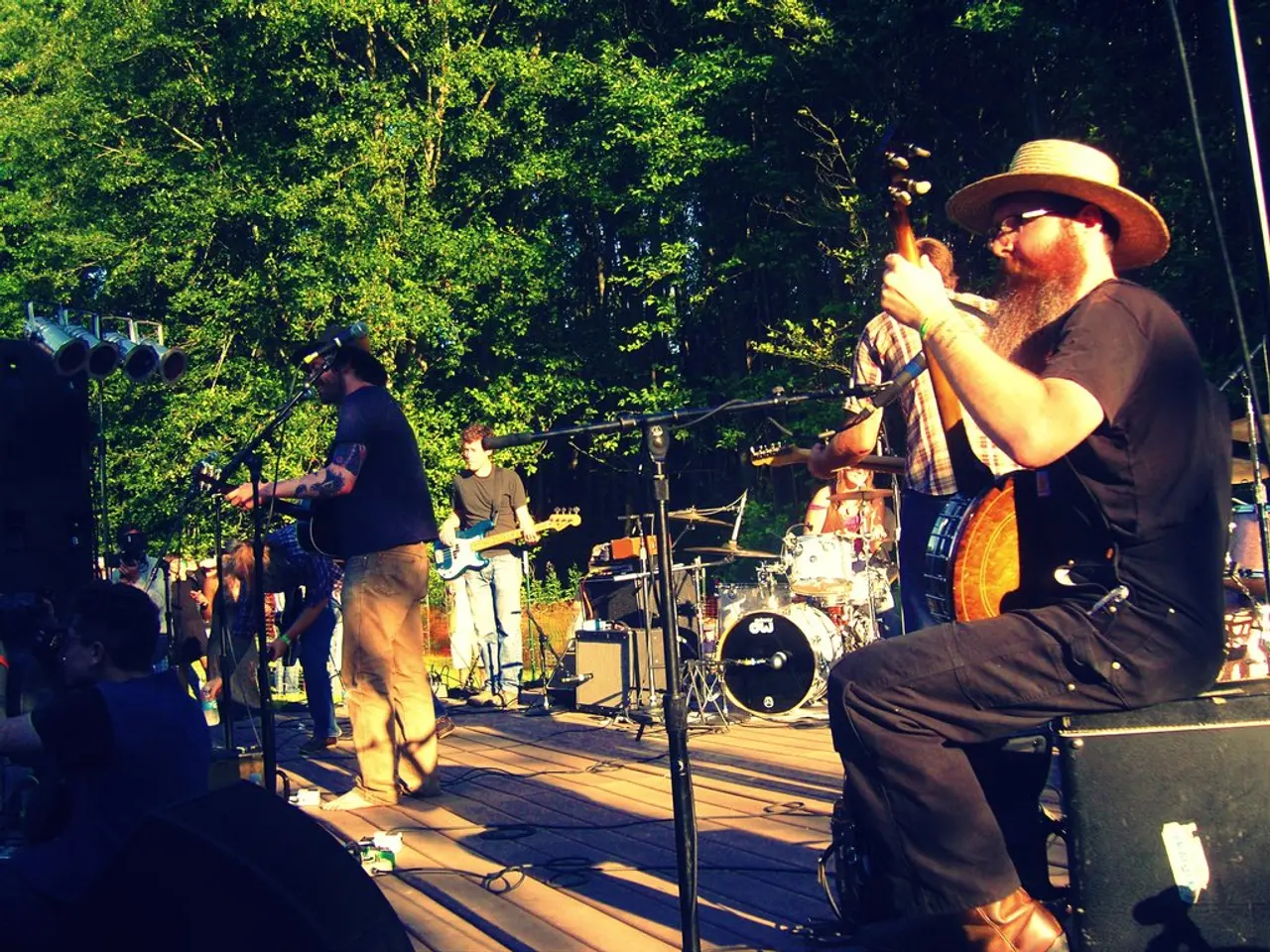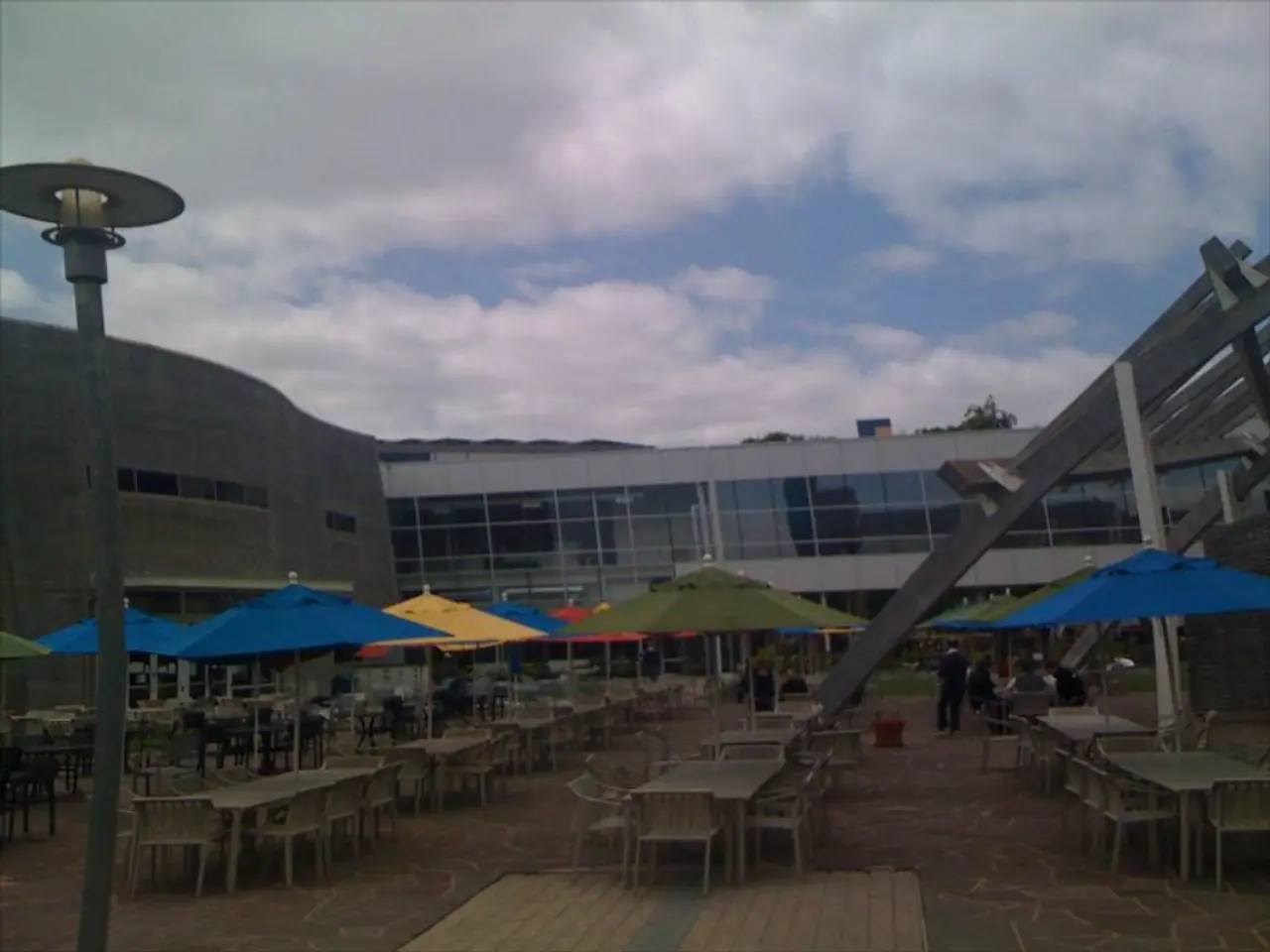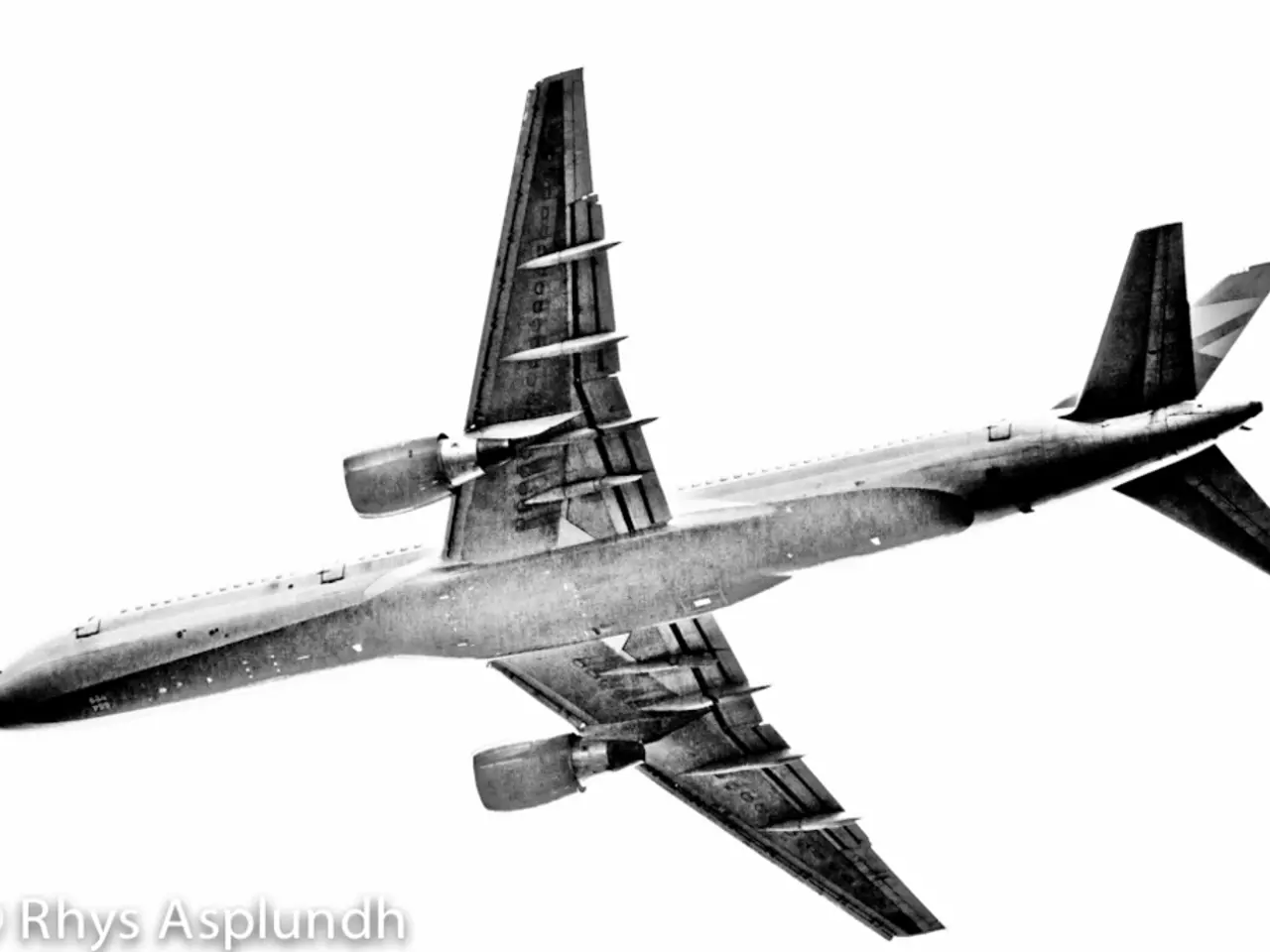Unveiling the Rhythms of Ancient Maya Music
Unveiling the Secrets of Ancient Mayan Music: The "Secret of Itzamna" Project
In the heart of France, a unique research project called "The Secret of Itzamna" is bringing the ancient sounds of the Mayan civilization back to life. Led by Julian Cuvilliez and Audrey Lecorgne, founders of the Research, Interpretation, and Experimental Archaeology Pole (PRIAE), this project is a fusion of archaeology, music, and technology.
Established in 2014, PRIAE has dedicated itself to studying, rescuing, and disseminating the sound heritage of Antiquity and the Middle Ages. With a focus on the Mayan civilization, the team aims to create musical pieces or interactive videos that could be integrated into the museography of the National Museum of Anthropology in Mexico.
The project's inception started in 2019, initially planning to make sound recordings at the Chiapas site. However, due to security issues, they had to choose other archaeological zones in Quintana Roo. The expedition in the Yucatan Peninsula also included recording testimonies from current indigenous communities' shamans and artisans to understand the place that music and prehistoric instruments occupy in our times.
One of the artifacts that caught Julian Cuvilliez's attention is a small anthropomorphic-zoomorphic ocarina sonajero that still retains remains of Mayan blue pigment. The team has digitized and studied 15 instrumental objects from the museum's collection, aiming to understand the musical practices of the Mayans and make them known to the general public.
The "Secret of Itzamna" project revived the sounds of ancient Mayan musical instruments by combining experimental archaeology with modern technology. This approach involved studying archaeological finds, such as ancient drums, and using pentatonic scales and Maya-inspired rhythms to musically convey the transcendental and sacred essence attributed to Itzamna, the Mayan god of creation.
The team reconstructed Mayan instruments and performed rhythms that reflect the spiritual and cultural significance associated with Itzamna. Technology likely facilitated sound modeling and reproduction, helping to bring the musical elements of ancient Maya rituals and traditions back to life for modern audiences.
Current technologies offer fascinating possibilities for reconstructing lost objects, as demonstrated by PRIAE's use of 3D digitization and advanced acoustic analyses. Volumetric analysis, conductimetry, and vibrometry allow researchers to identify the composition of materials in ancient artifacts without taking samples, preserving their integrity.
PRIAE's research focuses on investigating the techniques and materials used in various periods and cultures, including the Iron Age, Celtic, and Merovingian periods. One of PRIAE's remarkable projects involved the reconstruction of a Celtic lyre based on a unique sculpture from the Bronze Age found in Brittany.
The results of PRIAE's research on the Merovingian lyre can be seen on their website, where high-resolution photos, a virtual interactive instrument, and a musical composition incorporating that sound from the past can be found.
In addition to the "Secret of Itzamna" project, PRIAE has created inventories, studies, and projects for the valorization of musical heritage from the Aurignacian period to the Renaissance. The team's approach combines traditional knowledge, such as lute-making, with modern scientific tools for delving into ancient musical practices and faithfully recreating lost instruments.
The data collected is essential to understand how the Mayans understood music and how it was used in the sacred realm. This project serves as a testament to the power of collaboration between archaeologists, musicians, and technologists to preserve and share the rich musical heritage of our past.
- The fusion of archaeology, music, and technology in the "Secret of Itzamna" project allows researchers to delve into the world of ancient Mayan lifestyle, including their fashion-and-beauty, entertainment, and music.
- As the project aims to create musical pieces or interactive videos, it could potentially redefine the global landscape of world music, breathing new life into the musical heritage of the Mayan civilization.








